Nature is often celebrated for its vibrant colors—the lush greens of forests, the deep blues of the ocean, and the fiery hues of a sunset. But there is a unique, almost magical quality in capturing nature in black and white. Stripping away color allows the viewer to see the raw beauty of the world in its purest form, focusing on texture, contrast, and the delicate balance of light and shadow. Black and white nature photography transforms the familiar into something timeless and profound, revealing an entirely new perspective on the natural world.
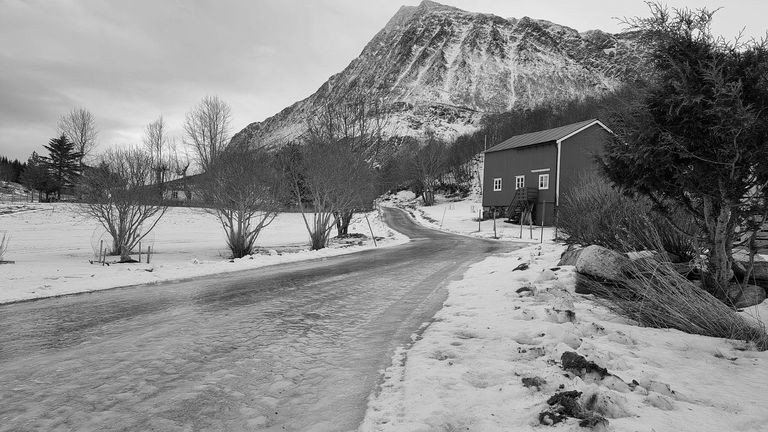


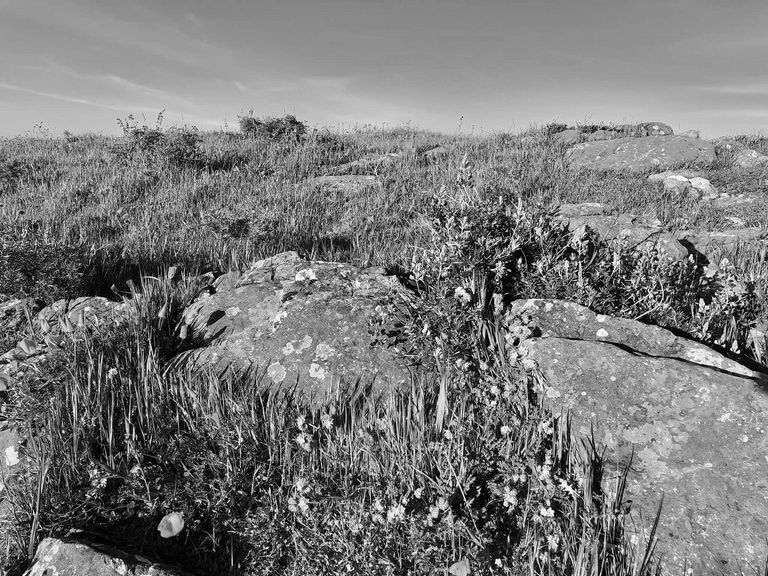

The Power of Contrast and Texture
One of the most striking aspects of black and white photography is the way it emphasizes contrast. Without color, the details of nature become more pronounced—the jagged edges of mountain peaks, the intricate veins of a leaf, or the swirling patterns of ocean waves. The play of light and shadow adds depth, making each element of the scene feel more dramatic and alive. A simple tree branch against a cloudy sky can take on a haunting beauty, while a waterfall appears even more powerful as its white mist cuts through the surrounding darkness.

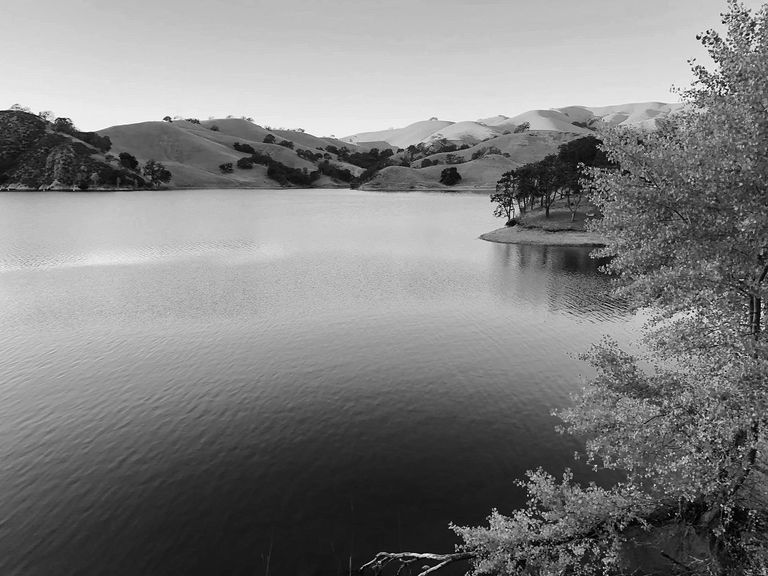

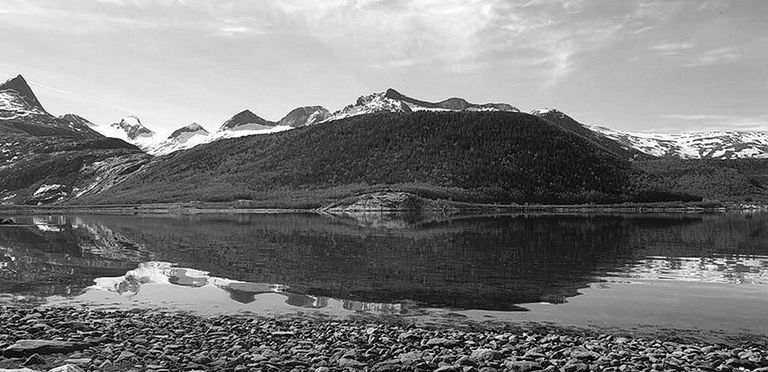
A Timeless and Emotional Perspective
There is something undeniably timeless about black and white photography. It evokes a sense of nostalgia, making an ordinary landscape feel like a scene from another era. The absence of color also allows for a deeper emotional connection. A misty forest in grayscale can feel mysterious and otherworldly, while a desolate, snow-covered field may evoke a sense of solitude and peace. By removing color distractions, black and white photography invites the viewer to engage with nature on a more intimate level, focusing on the mood and emotion behind the image.
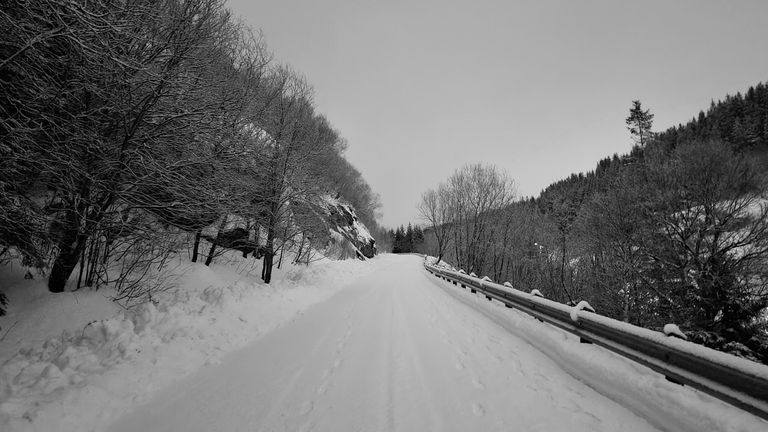
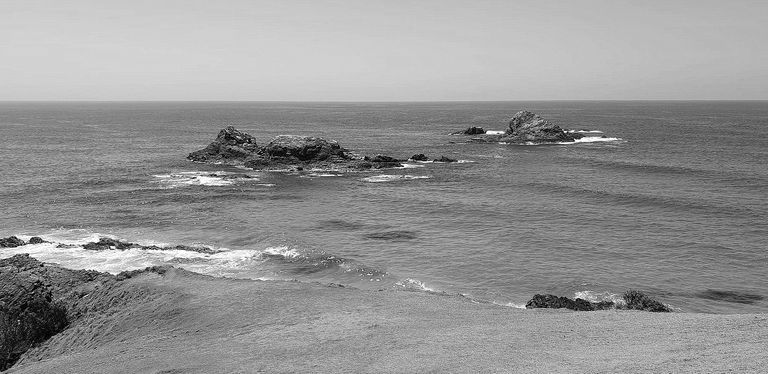
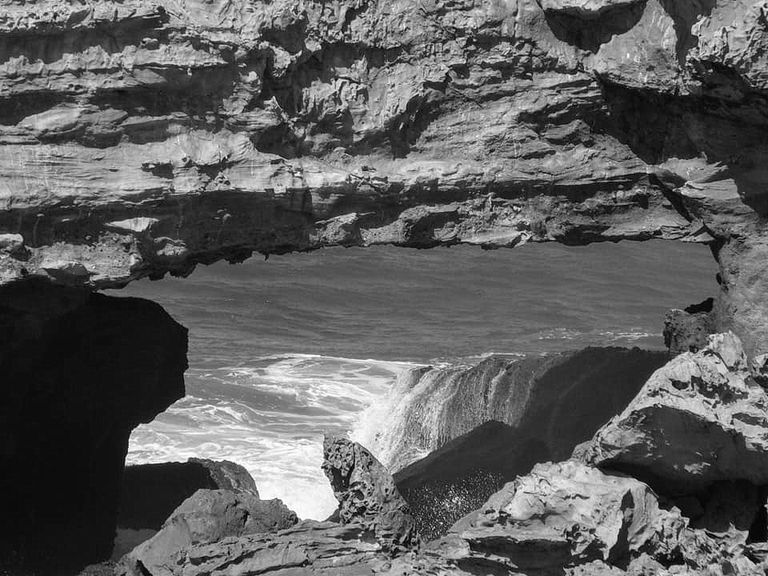
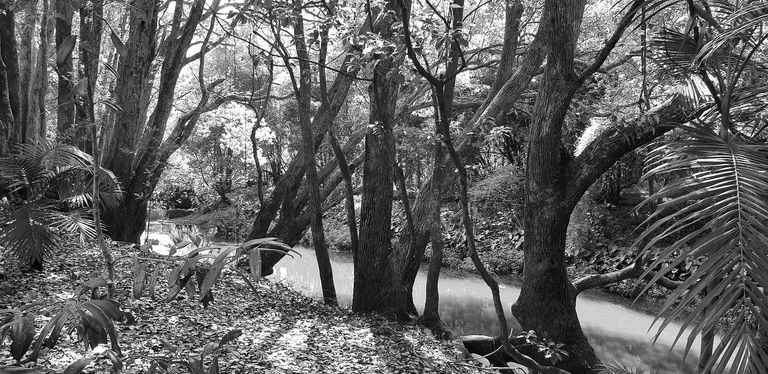
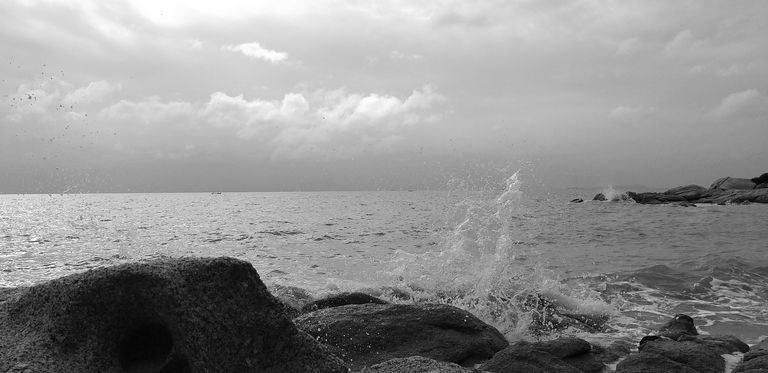
Minimalism and Simplicity in Nature
Black and white photography has a way of simplifying nature while making it even more striking. The eye is drawn to form, shape, and texture, allowing for a minimalist approach that highlights the elegance of the natural world. A single tree standing alone against a vast, open sky or the ripples on the surface of a still lake—these simple compositions take on an almost poetic quality in monochrome. The beauty of black and white lies in its ability to strip a scene down to its essence, making even the most subtle details stand out.
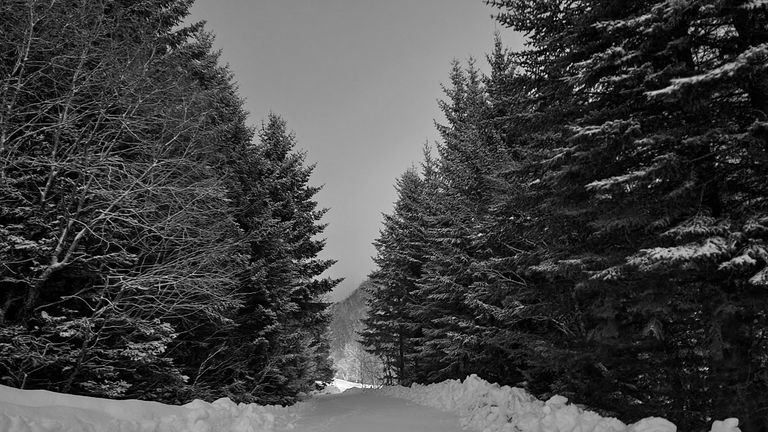
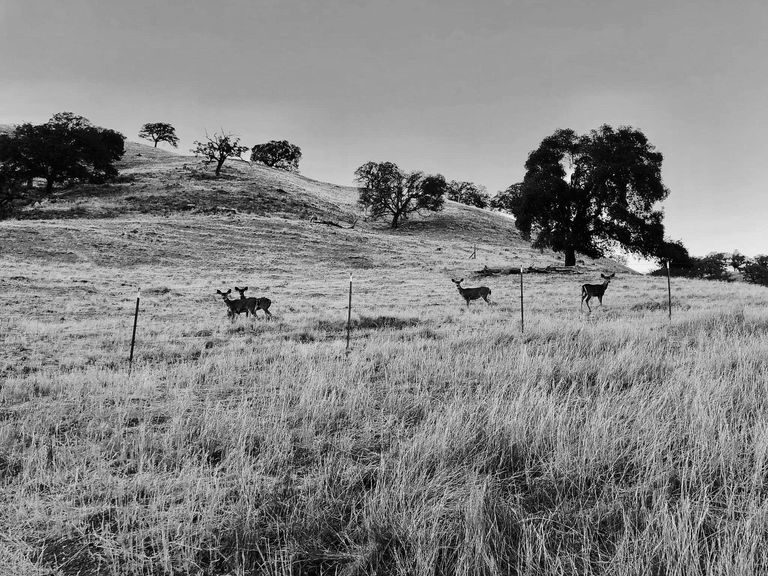
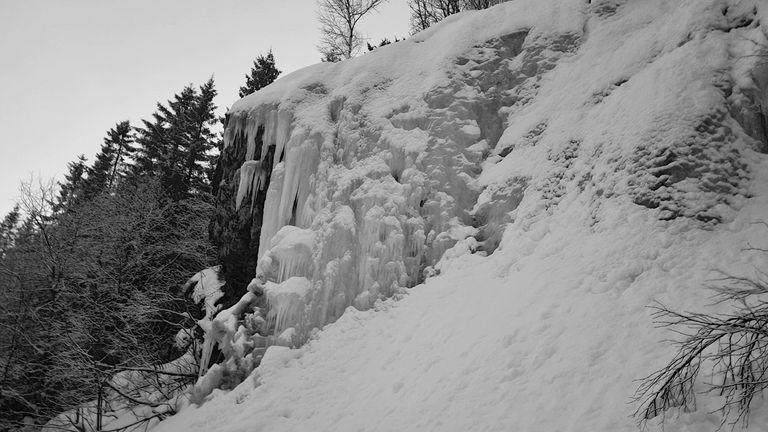
The Timeless Appeal of Monochrome Landscapes
From towering mountain ranges to serene beaches, black and white photography can make landscapes feel otherworldly. Fog rolling over hills, a winding river cutting through a barren valley, or the silhouette of a lone tree against the setting sun—all of these scenes take on a new level of drama in black and white. The absence of color heightens the textures of rocks, sand, and water, making nature feel even more dynamic and alive.

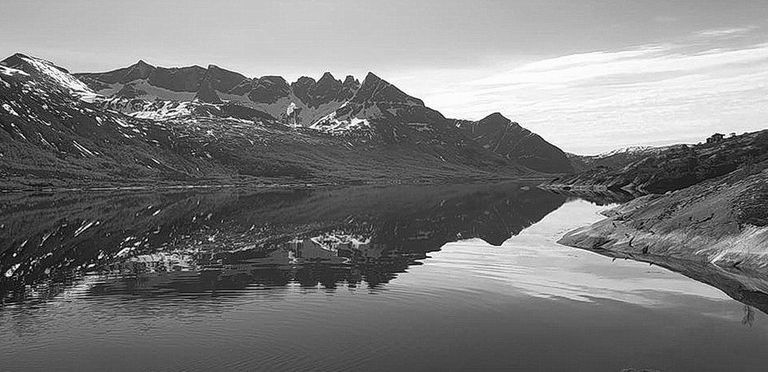

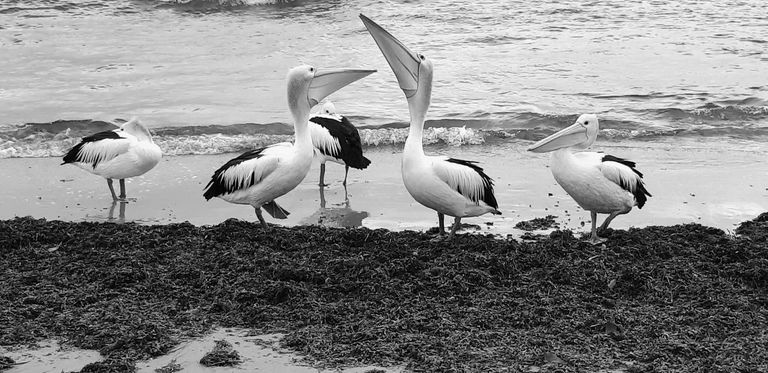
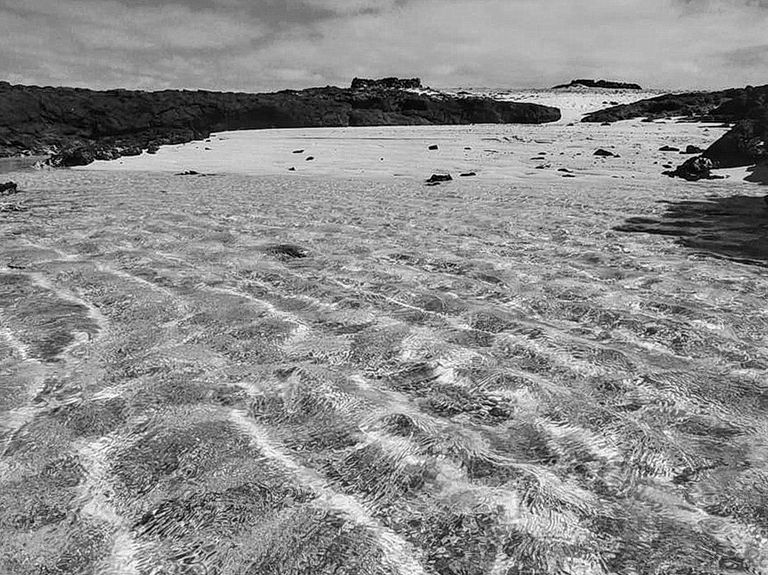
Conclusion: A New Way to See Nature
While color photography captures the vibrancy of the world, black and white photography reveals its soul. It strips nature down to its raw beauty, emphasizing contrast, texture, and emotion in a way that color cannot. Whether it’s the delicate pattern of a snowflake or the vastness of a stormy sky, black and white photography allows us to see nature in a fresh and timeless way. In the end, nature’s beauty is not just in its colors—it is in the light, the form, and the endless details that make the world truly extraordinary.
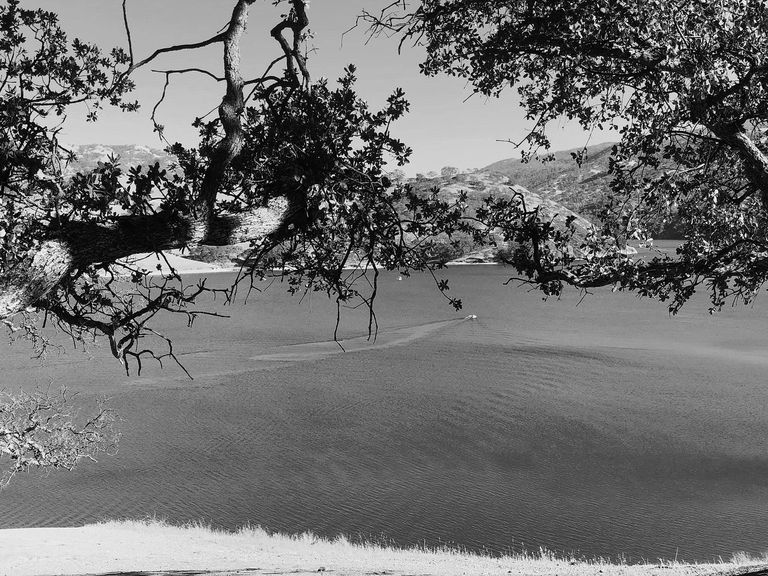
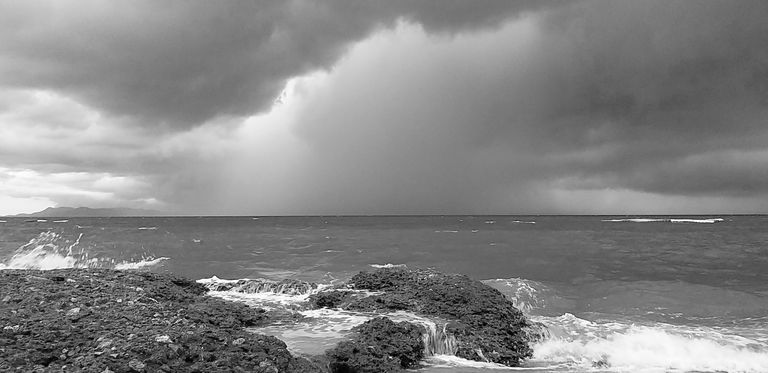
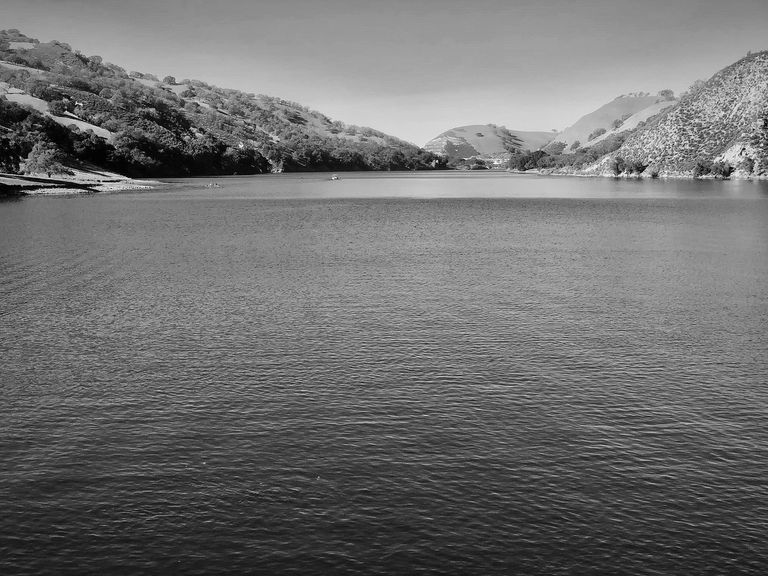

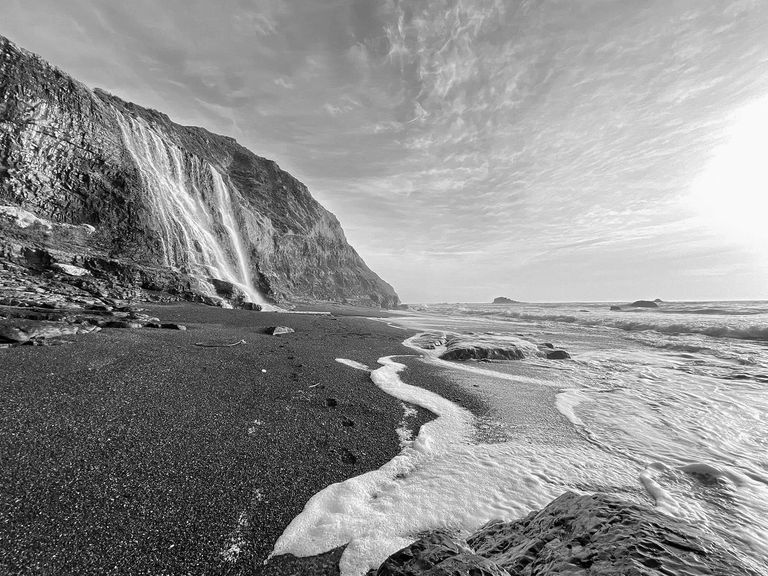


Hello @hangin! 🎉
Congratulations! Your post has caught the attention of the curator @baiboua from the Blurt LifeStyle community and has received our support. 🌟
We appreciate your contribution to the community and look forward to seeing more of your amazing content! Keep sharing your experiences and inspiring others. 🚀✨